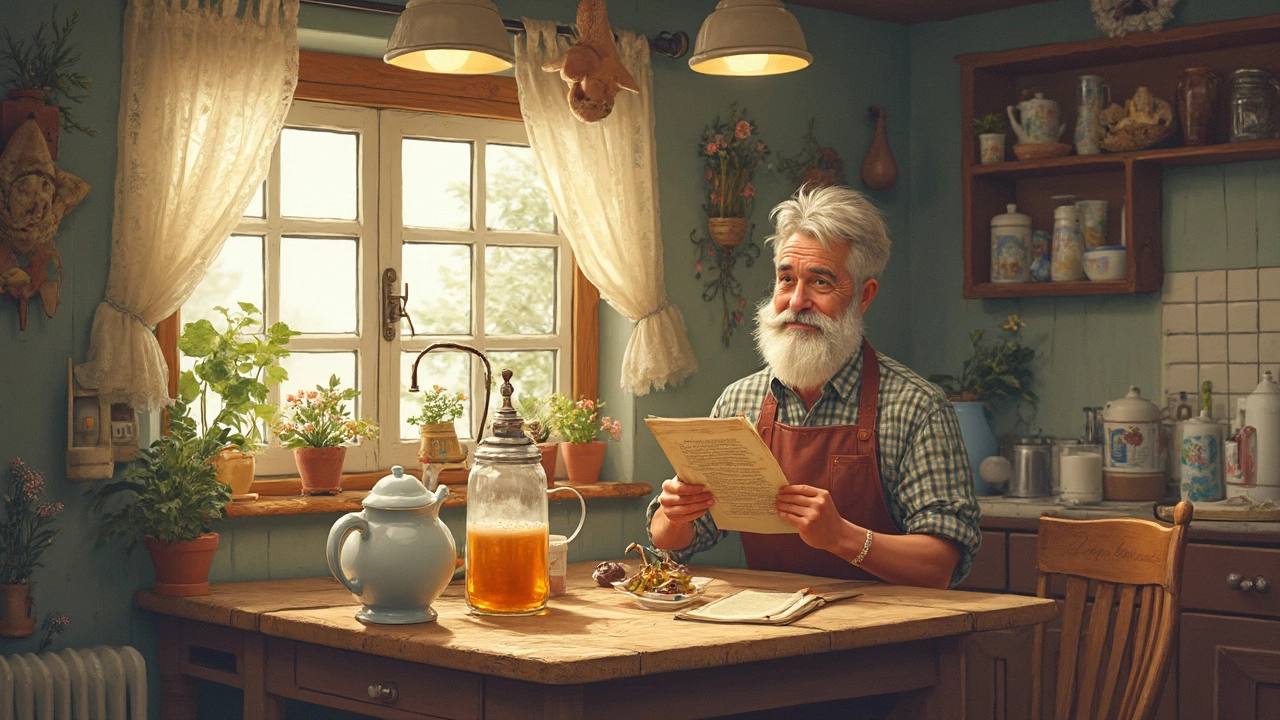Beer Kits: Your Simple Guide to Home Brewing Success
Did you know you can turn a kitchen sink into a mini brewery? With the right beer kit you get everything you need to brew a full‑size batch without a fancy lab. This guide shows you how to pick a kit, brew your first batch, and avoid the common hiccups that make beginners quit.
Choosing the Right Kit
First, think about your skill level. Starter kits are built for total newbies – they include pre‑measured malt, hops, and yeast, plus a fermenter with a built‑in airlock. All‑in‑one kits bundle the fermenter, sanitizer, and instructions in one box, so you don’t have to hunt for parts.
If you already have a few basics, look for ingredient‑only kits. They let you use your own fermenter and bottles, saving money in the long run. Price matters too. A decent starter kit costs around £30‑£40, while premium kits with exotic hops can hit £80. Decide what flavor adventure you want and match it to your budget.
Check the kit’s style. Most kits are for ales, because they ferment at lower temperatures and finish faster. If you prefer lagers, make sure the kit includes a lager yeast and recommends a temperature‑controlled fridge or chest cooler.
Brewing Basics and Tips
Sanitation is the #1 rule. Anything that touches the wort after boiling must be sanitized. A quick soak in a no‑rinse sanitizer works for fermenters, lids, and siphon tubes. Skipping this step is why many batches turn sour.
When you start the brew, follow the kit’s water volume and temperature instructions exactly. Most kits call for a 60‑minute boil – that’s where the hops add bitterness and aroma. Stir the wort regularly to prevent scorching, and watch for a rolling boil; a gentle simmer won’t give the right hop extraction.
Once the boil is done, cool the wort fast. An ice bath in a clean sink works fine for a half‑gallon kit. Drop the temperature to the yeast’s recommended range (usually 18‑22 °C for ale yeast) before pitching the yeast. Pitching too early can kill the yeast, too late can leave unwanted bacteria.
Seal the fermenter, attach the airlock, and store it in a dark, stable‑temperature spot. Fermentation typically takes 7‑10 days. You’ll see bubbles in the airlock – when they slow down, it’s time to bottle.
When bottling, add the priming sugar the kit suggests. This gives the beer its final carbonation. Use clean bottles, cap them tightly, and let them sit at room temperature for about two weeks. After that, chill for 24 hours and enjoy.
Common mistakes: forgetting to rinse the kettle, using tap water with high chlorine, and over‑filling bottles. Each of these can mask the flavor or cause off‑notes. Keep a notebook of temperatures, times, and any tweaks you make – this helps you improve batch after batch.
Finally, don’t be afraid to experiment. Once you’re comfortable with the basics, swap out hops, try different yeast strains, or blend two kits together. Homebrewing is about learning by doing, and every batch teaches you something new.
So grab a kit, follow the steps, and you’ll have a fresh pint ready to share with friends in less than a month. Happy brewing!
Thinking about brewing beer without breaking the bank? Uncover the world of budget home brewing with simple kits that offer big taste without a big price. Learn the essentials of cost-effective brewing, choose the right equipment, and find tips on using everyday items to craft delicious beer at home. This guide makes brewing beer both fun and economical.
View Details

